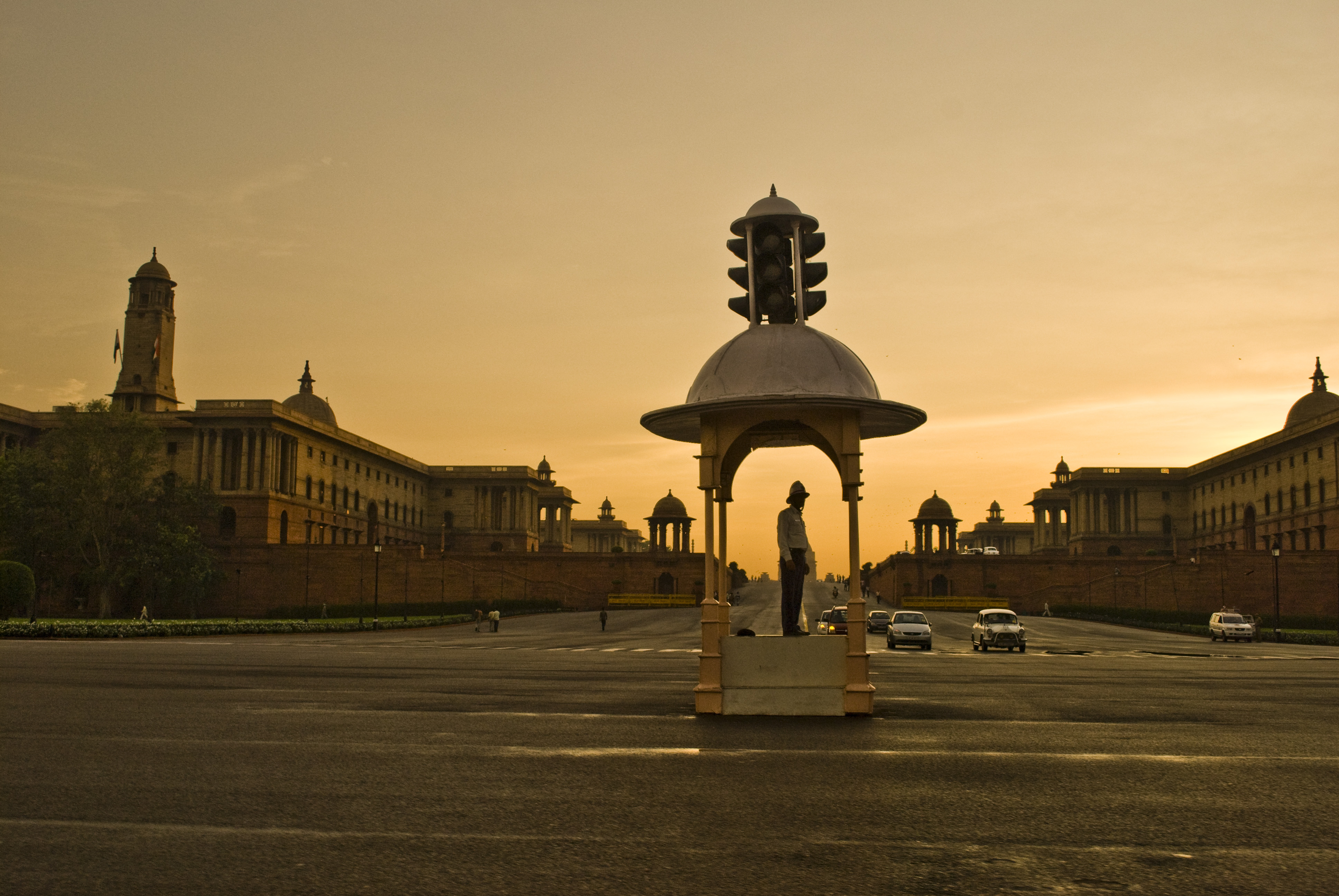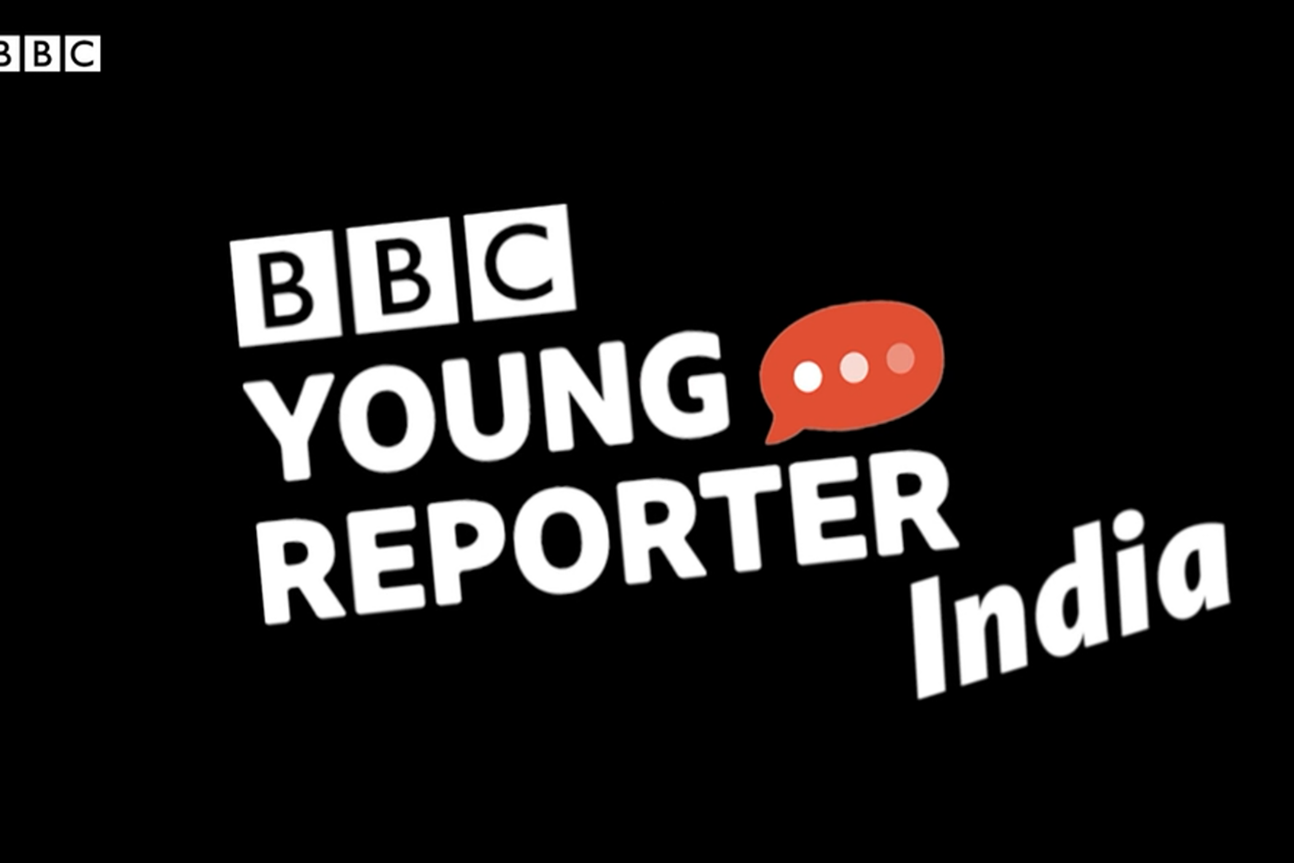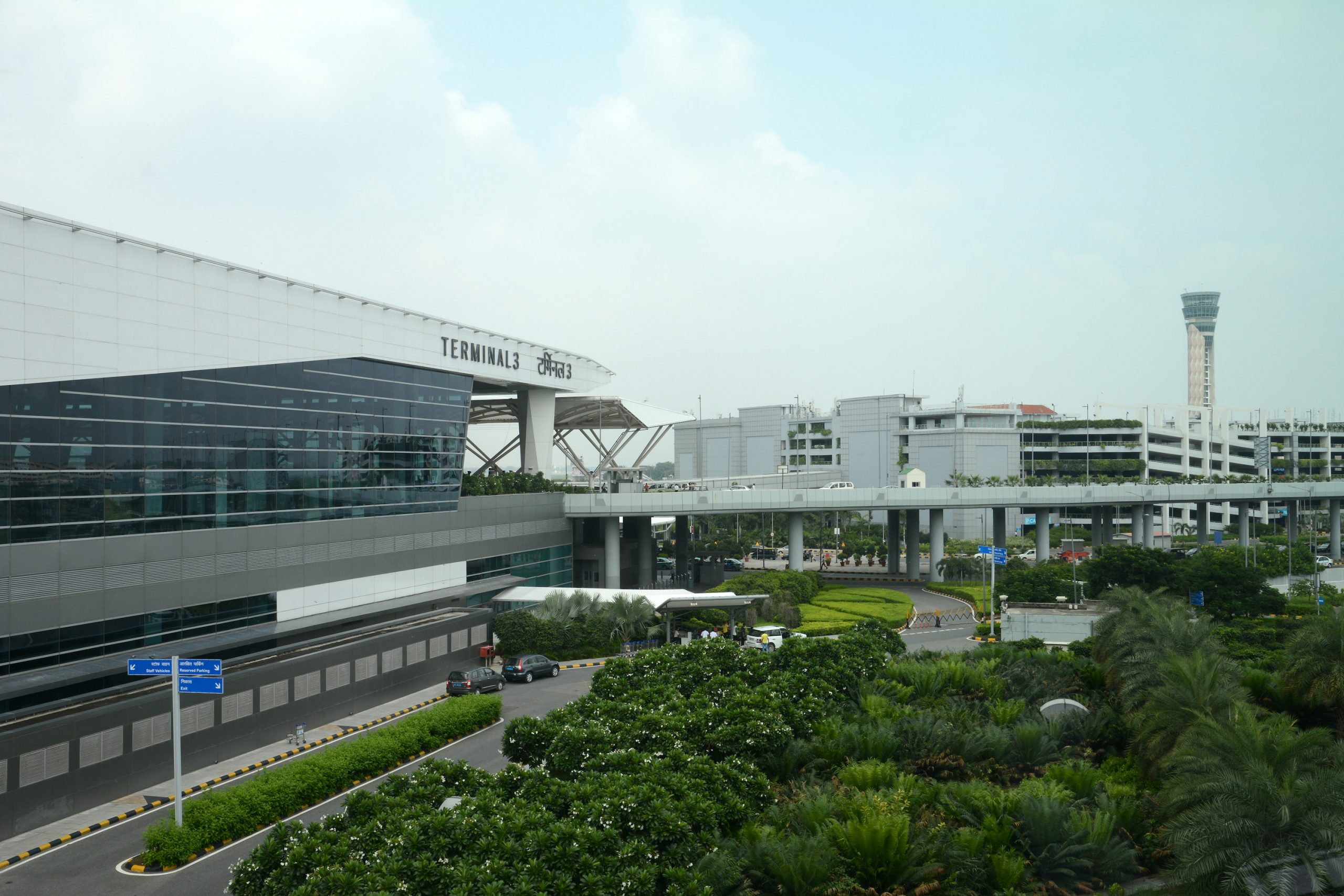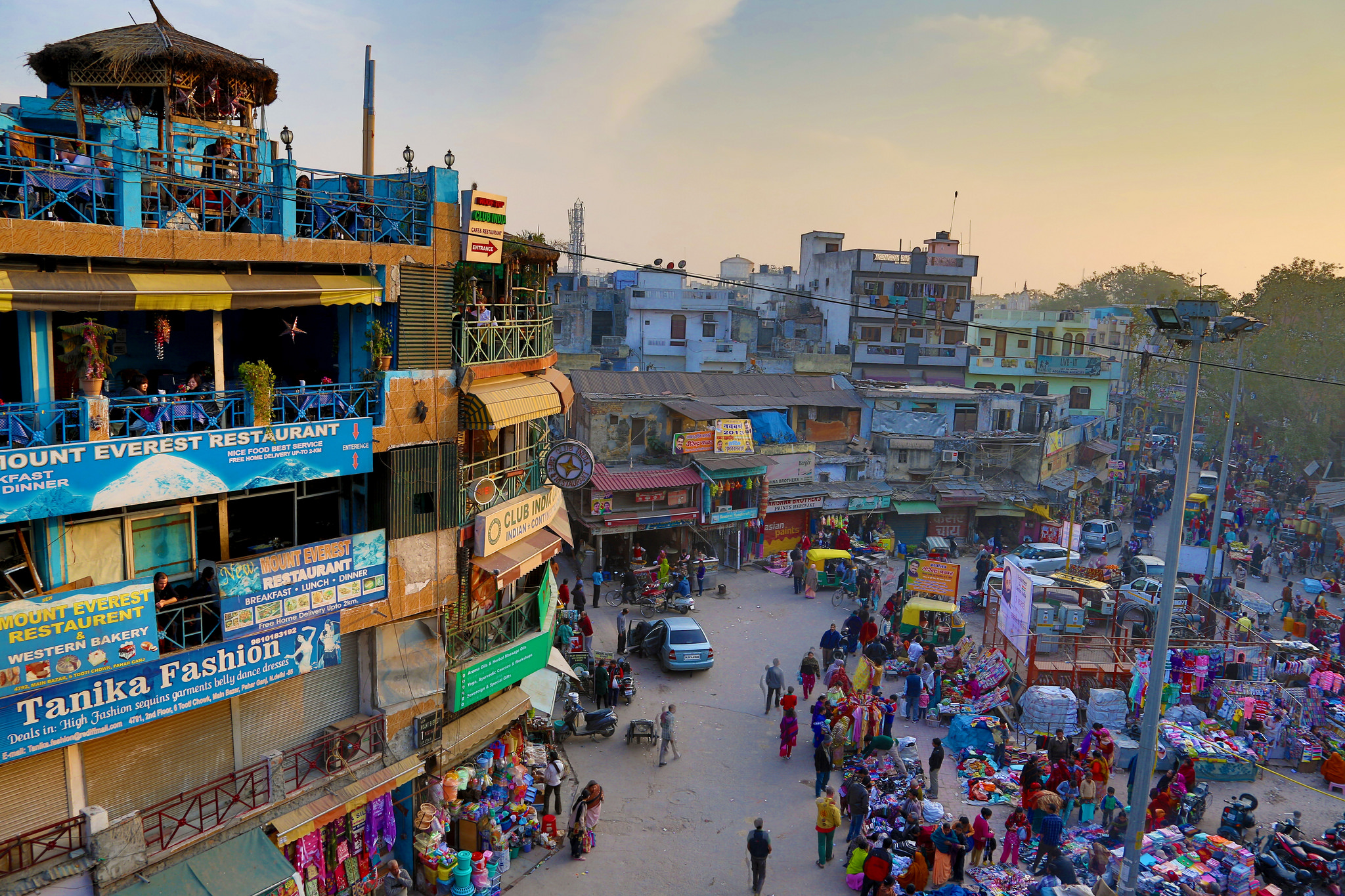India: Space for media freedom shrinking
7th February 2023
Recent censorship highlights the continuing pressure on media freedom and independent journalism in the country.

The censorship of a BBC documentary, “India: The Modi Question”, is the latest incident to shine a spotlight on the shrinking space for media freedom in India.
The documentary explored Prime Minister Narendra Modi’s actions during communal riots in the state of Gujarat in 2002, when Modi was the chief minister. In response, the government criticised the documentary and ordered social media companies to remove any links or footage of the programme. One advisor to the Ministry of Information and Broadcasting described the programme as “vile propaganda” that threatened “the sovereignty and integrity of India, and having the potential to adversely impact India’s friendly relations with foreign countries as also public order within the country.” Students were banned from watching the programme, and some were even detained for watching it.
Other than the orders given to the social media firms, there was a significant backlash. According to The Guardian, two UK peers wrote to the BBC Director General criticising the documentary, while some politicians in India have circulated conspiracy theories that China is behind the programme.
But it is the action from the government to actively block social media firms from showing this content that sparked particular concern. Social media companies complied with the order from the Indian government, due to the Information Technology (IT) Rules – passed in 2021 and added to last year – which give the government the power to order the removal of content. The law has been described as “vague” and “draconian”.
Further amendments to the IT Rules are being put forward which, under the draft proposals, would give the Press Information Bureau or any other government-approved agency the power to determine what is ‘fake news’ and thereby instruct social media companies to remove that content.
There are signs the decision could be contested. The Indian Supreme Court – considering petitions against the order – has issued notice to the government and ordered a report on the case, which will be released in three weeks.
Space for free press diminishing
The saga marks the continuation of attempts to control the media system and censor critical voices.
Space for a free press has shrunk in recent years, as seen with the treatment of Rana Ayyub. As an independent journalist who reports on the treatment of India’s Muslim minority, and a critic of the Modi government, she has been subjected to death threats and online harassment. “The harassment against me has been more than a decade lon,” she told NPR in January. “I received a court summons a month ago […] for an article I wrote in 2009 […] and the accusation against me is that I’m a practicing Muslim and hence prejudiced in my reportage.”
“At this point of time, I worry about every single person, especially independent journalists in India, who are putting everything at risk to fight that battle. Journalists should only worry about reporting the stories and not becoming the story themselves. We have become the stories in the new India that we live in.”
The situation facing Ms. Ayyub has become so severe that UN rights experts have called on the Indian authorities to investigate those who target her online, and relent in their own campaign against her. “The Government is not only failing in its obligation to protect Ms. Ayyub as a journalist, but through its own investigations of Ms. Ayyub, it is also contributing to and exacerbating her perilous situation”, the Special Rapporteurs said.
India sits 150th out of 180 countries in RSF’s World Press Freedom Index. It was responsible for the most internet shutdowns in the world in 2021 according to Access Now. It is listed as ‘partly free’ in Freedom House’s ‘Freedom on the Net’ report and, although it improved in 2022, “the state continues to block online content, and Indian internet users risk arrest for posts critical of the government.”
State influence under the microscope
In her interview with NPR, Ms. Ayyub also argued that “Most of the mainstream media is literally repeating the government’s lies.” Meanwhile, “the ones who are independent, who are critical, are paying a price.”
There are suggestions of the government trying to extend its influence across the media. It has approved an increase of funding for national broadcaster, Prasar Bharati, which will see All India Radio’s (AIR) coverage expanded to 80 percent of the population, particularly targeting remote and border areas. However, commercial radio stations are meanwhile prevented from producing any current affairs content themselves and must only broadcast AIR news.
Recently, the government ordered commercial TV stations to produce 30 minutes of ‘public interest’ content every day based upon one of eight categories: health, education, spread of literacy, empowerment of people from weaker sections of the society, environment, national integration, cultural heritage and science & technology.
What is perhaps most concerning however, is the ownership of the television station, NDTV – “the last channel that was trying to be independent, as far as this government is concerned,” Suhas Chakma, the Director of the Rights and Risks Analysis Group told Time. In December 2022, India’s richest person, Gautam Adani took over NDTV. Mr. Adani is seen as “a close acolyte of Hindu nationalist Prime Minister Narendra Modi, often publicly supporting his policies,” a VOA report said.
The takeover led to a flourish of departures: NDTV founders Prannoy and Radhika Roy; group president Suparna Singh; senior news anchor Ravish Kumar; and most recently journalist and anchor Nidhi Razdan.
“There was never a golden age in Indian journalism. But it was never as bad as it is today,” said Ravish Kumar as he resigned. “Every good aspect of journalism is being destroyed rapidly. This was expected. But what we have today is truly the ‘dark age’ of journalism. There are numerous news channels in India but all of them have compromised on their ethics. Our media ecosystem has been gutted and destroyed.”
Effective democracy relies on citizens being able to access trusted, rigorous, independent, and verifiable news and information that holds power to account as part of a plural media environment. The Public Media Alliance secretariat will continue to monitor the shrinking space afforded to independent news media in India.
Related Posts
7th June 2022
Collaborative media literacy programme takes off in India
BBC Young Reporter India taught more…


